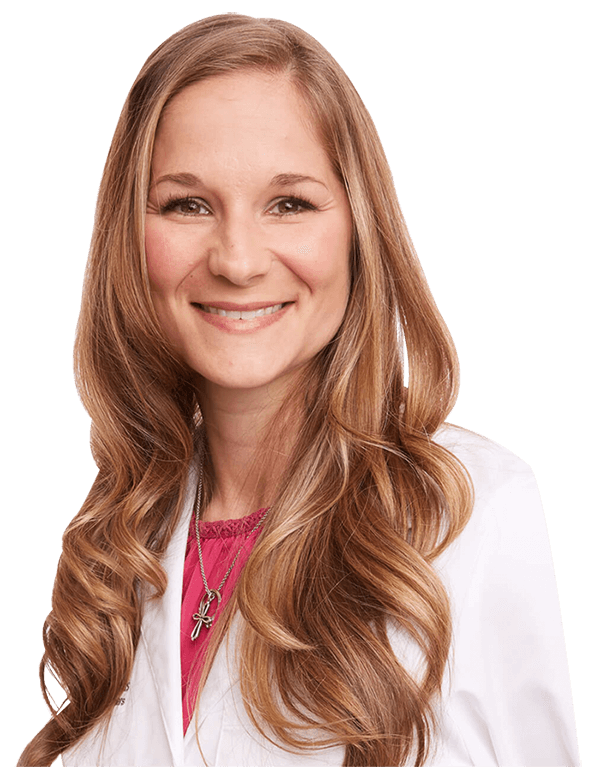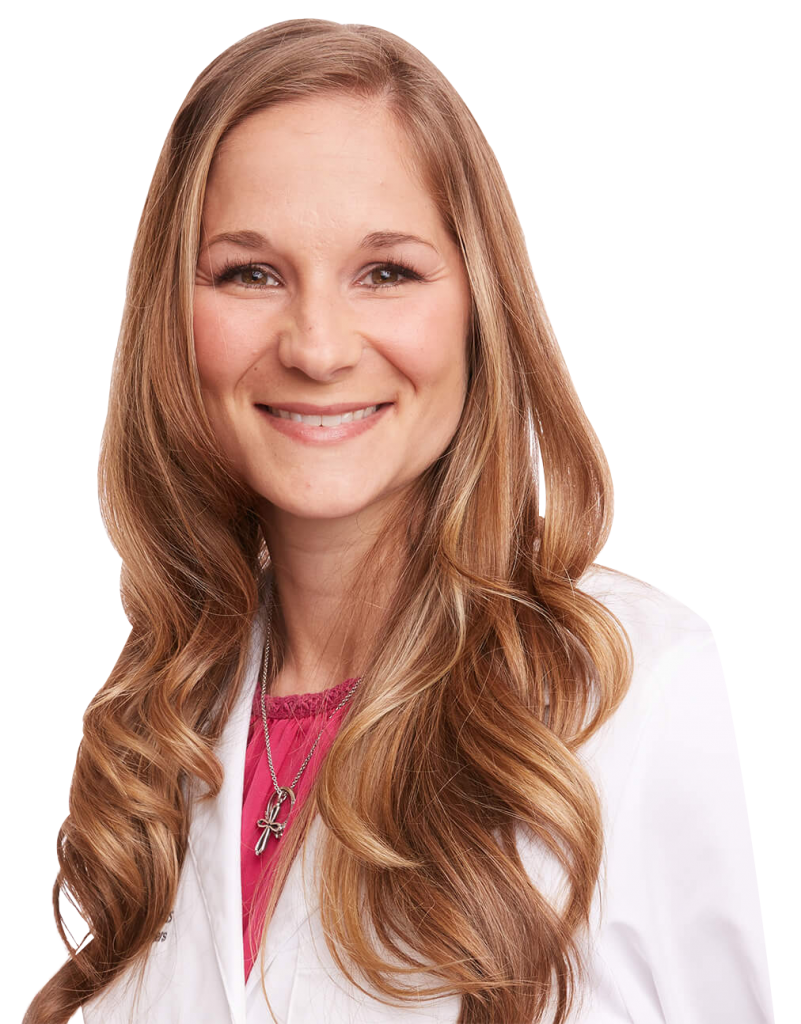
Regular screenings are the most effective tools we have to detect breast cancer early, significantly increasing the likelihood of successful treatment. As a surgical breast oncologist, I, Dr. Lindsay Keith, dedicate myself to providing comprehensive and compassionate care, guiding you through each step of the screening process.
Breast cancer screenings aim to find cancer before symptoms appear, when the disease is most treatable. Detection during these early stages can prevent the cancer from spreading, leading to less invasive treatment and a better prognosis.
While all women are at risk for breast cancer, age and family history play a significant role in determining when to start screening:
**Women Aged 40 to 44:** Have the option to start annual breast cancer screening with mammograms.
**Women Aged 45 to 54:** Should get mammograms every year.
**Women Aged 55 and Older:** Can switch to mammograms every two years or continue yearly screening.
Those with a family history of breast cancer or other risk factors should speak with their healthcare provider about whether to have additional tests at an earlier age, more frequently, or using more advanced methods.
Several screening methods are used to detect breast cancer. I will help you understand these methods and guide you towards the best fit for your needs.
**Mammograms:** The most common tool for screening, mammograms use low-dose X-rays to examine breast tissue for abnormalities.
**Breast Ultrasound:** This test uses sound waves to create a picture of the breast tissue, often used in conjunction with mammograms to provide a more comprehensive view, especially for women with dense breast tissue.
**Magnetic Resonance Imaging (MRI):** For high-risk patients, MRI scans offer a more detailed image of the breast and can detect cancers not visible on a mammogram.
**Breast Tomosynthesis (3D Mammography):** This modern technique offers a series of detailed breast images, allowing for more precise detection of abnormalities.
**Clinical Breast Exam:** A physical exam where the healthcare provider checks the breasts and underarms for lumps or other changes.
While not a substitute for professional screening methods, self-examinations can help women become familiar with their breasts’ normal look and feel, making it easier to notice any changes. However, changes detected through self-examination should be reported to a healthcare provider for further investigation.
When a screening test indicates a possible breast cancer, additional testing is necessary to confirm the diagnosis. These might include additional imaging tests or a biopsy, where a small sample of tissue is removed for testing.
With an early detection strategy in place, you can be proactive in your healthcare and increase your chances of a favorable outcome. My commitment is to provide you with the knowledge and tools needed to navigate breast cancer screening and detection, fostering an environment of trust and personalized care. Your health is your greatest wealth, and together, we can safeguard it.
Answering the call to serve has been my life work, and being your doctor is an immense privilege. Thank you for entrusting me with your care.


1830 Heritage Park Plaza Murfreesboro, TN 37129 (near me)
(615) 900-2621
Schedule a Consultation
Mon-Fri 8AM-5PM